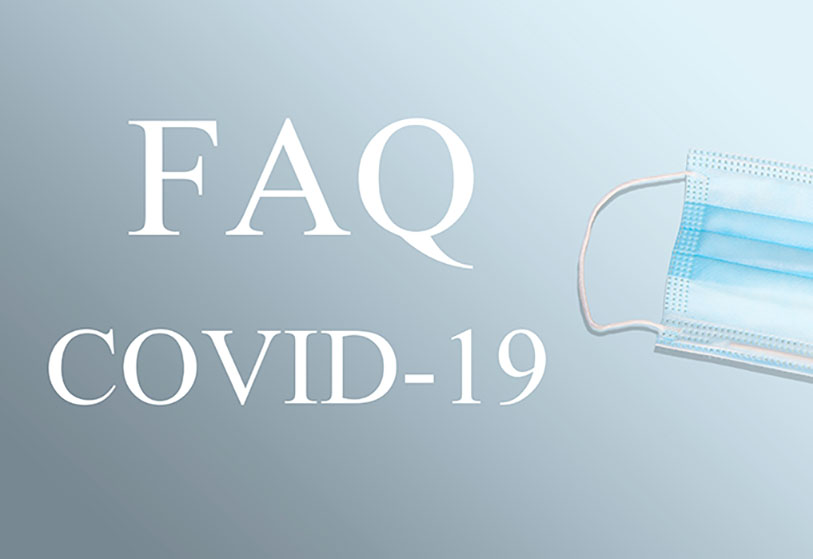It has been almost a month since the third (and final) re-adoption of the COVID-19 Workplace Emergency Temporary Standard (ETS) was adopted at the California Division of Occupational Safety and Health’s (Cal/OSHA’s) April meeting. Now that the third re-adoption is done, there are three big picture things to keep in mind as we look to the future of COVID-19 workplace safety.
(1) We won’t be seeing more amendments every few months to the ETS. Since its passage in November 2020 (around 18 months ago), the ETS has been amended with each re-adoption — meaning it was changed substantively about every six months. Now, with the ETS statutorily out of extensions (and finished with one final emergency-related extension via executive order), the ETS text will not be updated again until it is (potentially) turned into a permanent regulation by Cal/OSHA at the December 2022 Standards Board meeting.
(2) What would a permanent regulation mean for the COVID-19 ETS? Cal/OSHA is definitely preparing for the potential to consider the ETS as permanent at its December meeting. In the most recent indication of the coming December vote, the Department of Finance posted its Standardized Regulatory Impact Assessment (SRIA) of the potential permanent COVID-19 regulation on April 29, 2022. (The SRIA analysis is a requirement prior to any major regulation in California, so Cal/OSHA could not have voted on making the ETS permanent without it.) Cal/OSHA staff has suggested that any version considered by the Occupational Safety and Health Standards Board (OSHSB) would be very close to the present text (and would have to stay close for the SRIA analysis to be legally sufficient), so we can expect a vote on basically the third re-adoption’s text at the December meeting.
Assuming Cal/OSHA approves the COVID-19 ETS as a permanent regulation, we can expect the pace of changes to be much slower than with the ETS. Permanent regulations may go years (or even decades) without major updates. This is a particular concern for employers, as the ETS continues to contain provisions that many would consider “emergency level” precautions and locking them in place for years when COVID-19 has become endemic is a huge concern.
In contrast, OSHSB members have also expressed support for potentially an overarching infectious disease regulation, in lieu of the COVID-19 regulation being extended. This would take months (or years) to draft with stakeholder input, so it will not be voted upon in December — but is the other potential successor to the ETS.
(3) Watch the FAQs and Orders! Just because the regulation’s text itself is not changing doesn’t mean that the compliance obligations on businesses may not shift over the next six months. New FAQs were issued on May 7, and we can expect more changes between now and December 31 of this year. And don’t forget — the regulation cites to the California Department of Public Health (CDPH) orders and guidance, so any changes by the CDPH may also change ETS obligations.
So, though the pace of change in California’s COVID-19 ETS is slowing, California employers should not stop watching for changes just yet!
Robert Moutrie, Policy Advocate, CalChamber
Read CalChamber’s free Revised Cal/OSHA COVID-19 Workplace Rules: What Employers Need to Know white paper to learn more about what has and hasn’t changed and to help you navigate COVID-19-related workplace rules (CalChamber members can read it here). Not a member? See what CalChamber can do for you.





